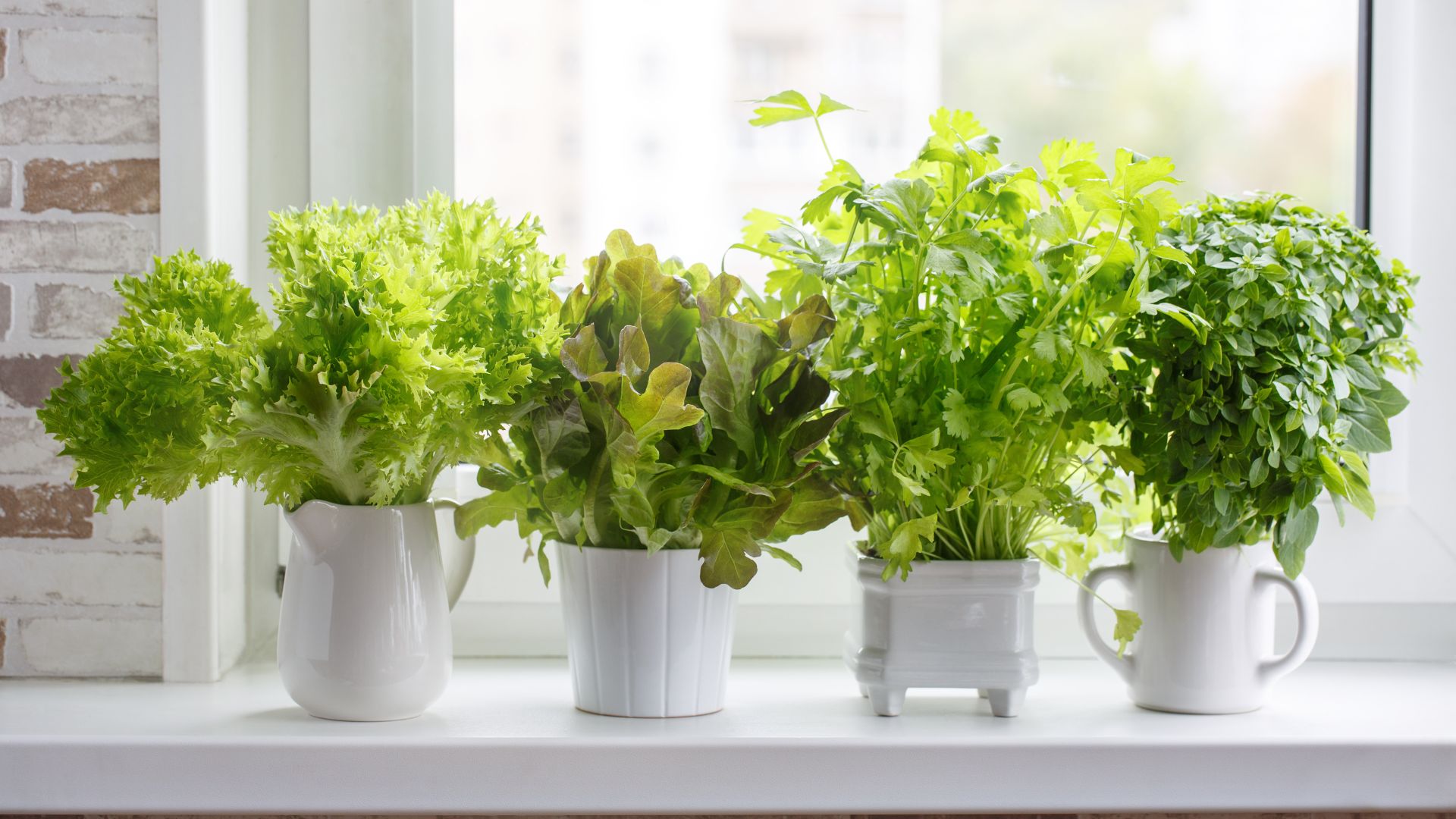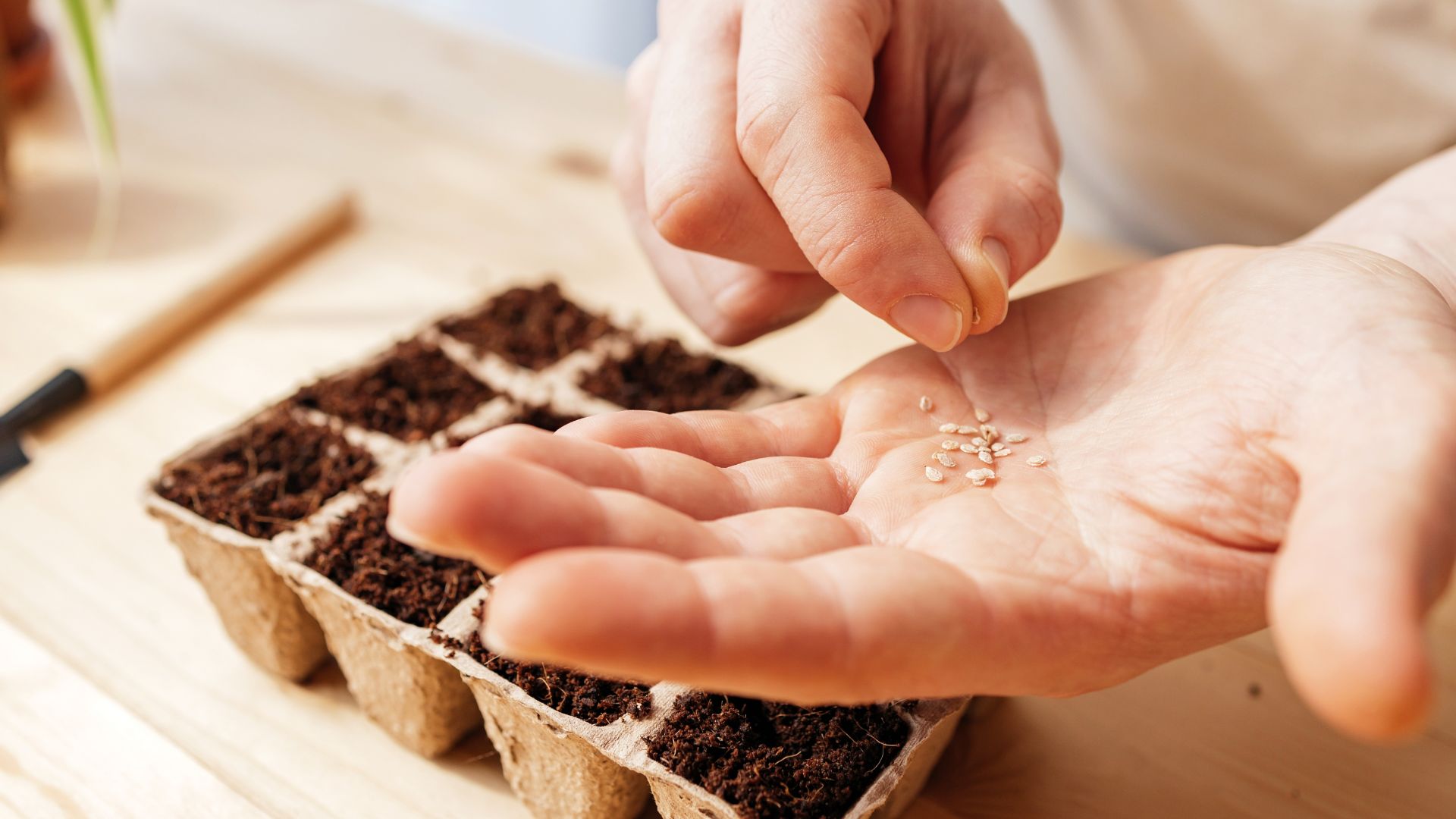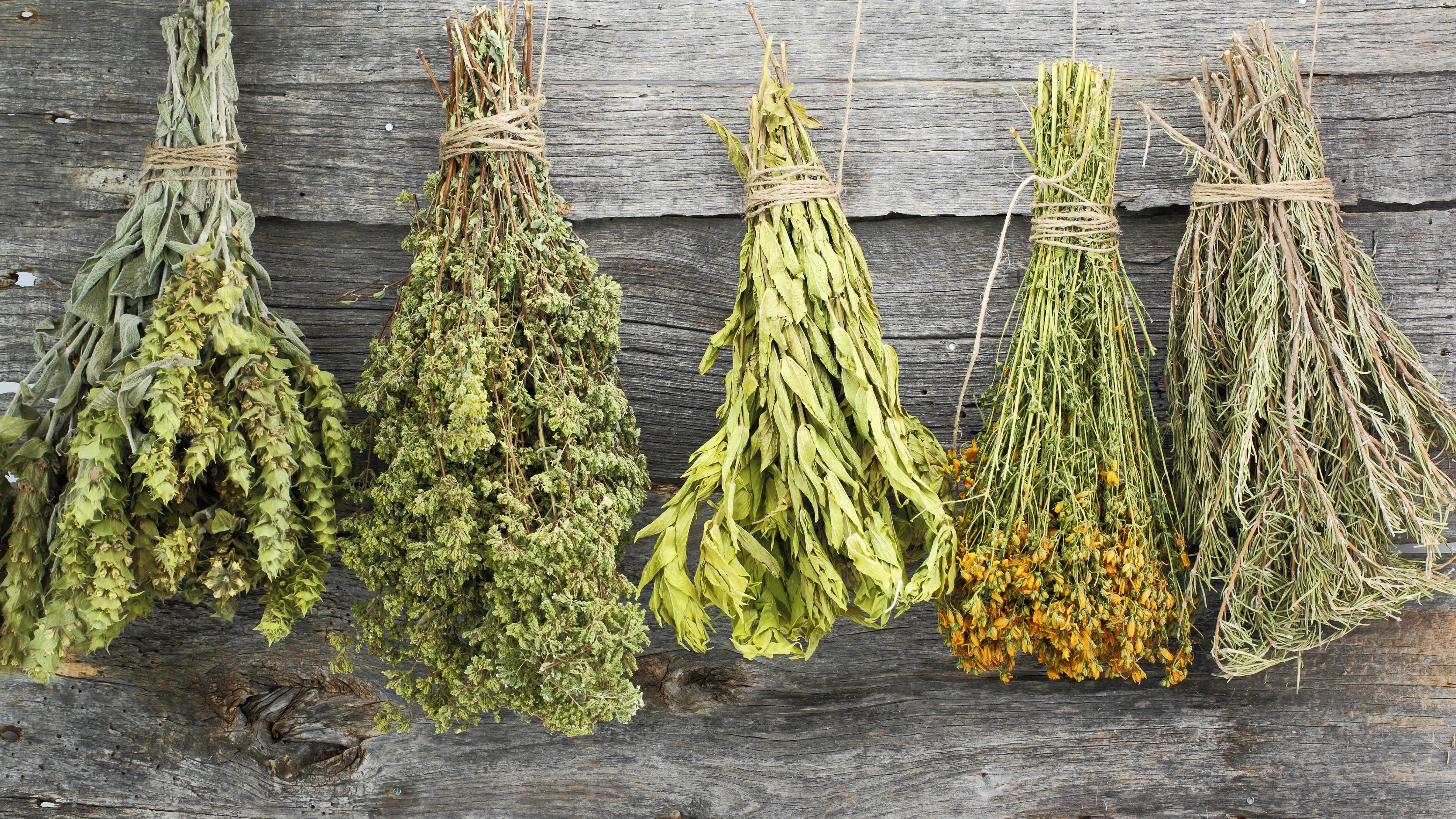How to grow a herb garden — make sure you do these 7 things

Creating a herb garden is the perfect way to save money on your herbs and ensure you have the freshest herbs available on demand. With herbs, there’s an abundance of uses for them in your home. You might find yourself cooking with them often, using them in cocktails, for crafting herbal remedies, or for making herbal teas. Buying them in packets every time you want to use them though can prove expensive and may not always guarantee the best quality.
So, you’ve decided to grow your own herb garden, it's time to break out those gardening gloves. Herbs can grow well in the ground, in containers, pots, or even on your windowsill. No matter where you choose to grow your herb garden though, , there are the things you should be doing to ensure the best for your herbs, and 7 mistakes you might be making that you want to avoid.
1. Choose your location

Herbs thrive in sunlight and well-drained soil, so the first very important step to take when growing a herb garden is to find the best location. You also want to consider planting your herb garden within a short distance from your kitchen or home. This will make it easier when you want to pop out and fetch fresh herbs from your yard. Depending on the space you have available and how much sunlight and shade your yard gets, you can grow your herbs in the soil, in containers, or in pots.
You can also grow your herb garden indoors. This option is best if you have a sunny windowsill you can place your herb garden on top of, so the herbs can thrive in the sunlight. You can also purchase a grow light to help your herbs grow, if you really want your herbs inside. Here are 7 best herbs to grow on a windowsill, and it also helps that they can be one of the indoor plants that’ll make your home smell nicer.
2. Pick your herbs

Depending on the location you’ve chosen, you want to consider what herbs will thrive in the climate. Herbs can be roughly sorted into groups. Mediterranean herbs like sage, thyme, oregano, and rosemary do well in lots of sunlight. Annual or biennial herbs like parsley, dill, coriander, basil, and purslane do well in moist soil and, as they don’t like to get too hot or too cold, cope well in mild temperatures.
Then, there are herbs like dill, parsley, and dervil that thrive in a bit of shade. These herbs are perfect for a shadier spot in your yard. Be wary when it comes to planting herbs like mint or lemon balm though, as you’ll want to give them their own separate pots to the rest of your herbs due to their tendency to grow rapidly and consequentially smother the other herbs around them.
Of course, this decision ultimately comes down to what herbs you actually want to grow and what you’ll be using in your home life. Location and herb choice go hand-in-hand.
Get instant access to breaking news, the hottest reviews, great deals and helpful tips.
3. Choose between plants or seeds

You’ll then need to decide whether you want to buy an already-grown plant to put in your herb garden or grow them from seed. If you’re looking for convenience, picking plants will be a lot easier. But, if you want to save money and would like the gardener's satisfaction of growing the herbs yourself, then seeds is the way to go.
You'll find that herbs such as cilantro, dill, parsley, and basil grow best when started from seed. Other herbs such as oregano, rosemary, thyme, and sage are great for propagating. This means you’d take cuttings from an already-grown plant and sow the cutting to grow your own.
4. Preparing the soil

Most herbs grow well in well-drained garden soil, as long as it’s not too sand or clay-heavy. This soil can still be prepared for your herbs though by mixing with compost, which is also a great way of adding more nutrients into your soil even if it’s not heavy on clay or sand. It’s also recommended that if you’re growing your herb garden in pots, to opt for a multi-purpose compost with some horticultural grit added for extra drainage.
Fortunately, herbs can survive in a range of soil types, and with a few adjustments, you can create an even better environment for them to thrive. As long as the soil has good drainage, most herbs will be happy to grow there. We have also covered 5 ways to improve your soil that’ll help in the long term.
5. Stay on top of watering

Herbs are not like your typical houseplants. You only need to water your herb garden when the top layer of soil feels dry. Simply use your fingertips to press lightly into the soil to see whether it needs watering, which is typically every 2-3 days if indoors, or every day if outdoors. When you first root a plant into your herb garden, its shallow roots will mean it’ll need more frequent watering.
Another tip for watering your herb garden is to water around the herb, not all over it. If you drench your herbs in water, it can encourage mold and mildew growth that can eventually kill the herbs. If you have a particularly sunny yard, you’ll want to water your herbs first thing in the morning to ensure they soak in the moisture before it evaporates.
6. Frequently harvest your herbs

You may be concerned that harvesting them too often will reduce the amount of herbs you will grow, but it has the opposite effect. Frequently harvesting your herbs will actually help with their growth. By cutting sprigs of herbs or cutting from the bottom of the stem for herbs such as chives and parsley, you are encouraging more foliage to grow in its place. You can do this either with scissors or by pinching it off between your finger and thumb.
The best time to harvest your herbs is mid-morning once the morning dew has evaporated and before the sunlight has dried them out. If you find you have copious amounts of herbs, they can be dried and frozen for re-use at a later date. You’ll also find these herbs are great for repelling roaches for a bug-free home.
7. Reevaluate your herb garden

Finally, if you find that your herb garden is producing too much of a herb you don’t use, it’s time for a reevaluation. Make sure that your herb garden is providing the herbs that meet your needs, whether that’s for cooking, remedies, or even just for scent.
There’s such a wide variety of herbs to grow and use that it doesn’t hurt to take stock of what you’re growing and to plant new herbs if you change your mind and want plants that will repel mosquitoes or herbs that act as natural pest-repellents.
More from Tom's Guide
- 7 mistakes it’s all too easy to make when growing herbs
- 7 easy-to-grow plants for beginners
- 10 vegetables you can grow in pots

Grace is a freelance journalist working across homes, lifestyle, gaming and entertainment. You'll find her writing for Tom's Guide, TechRadar, Space.com, and other sites. If she's not rearranging her furniture, decluttering her home, or relaxing in front of the latest streaming series, she'll be typing fervently about any of her much-loved hobbies and interests. To aid her writing, she loves to head down internet rabbit holes for an unprecedented amount of time.
